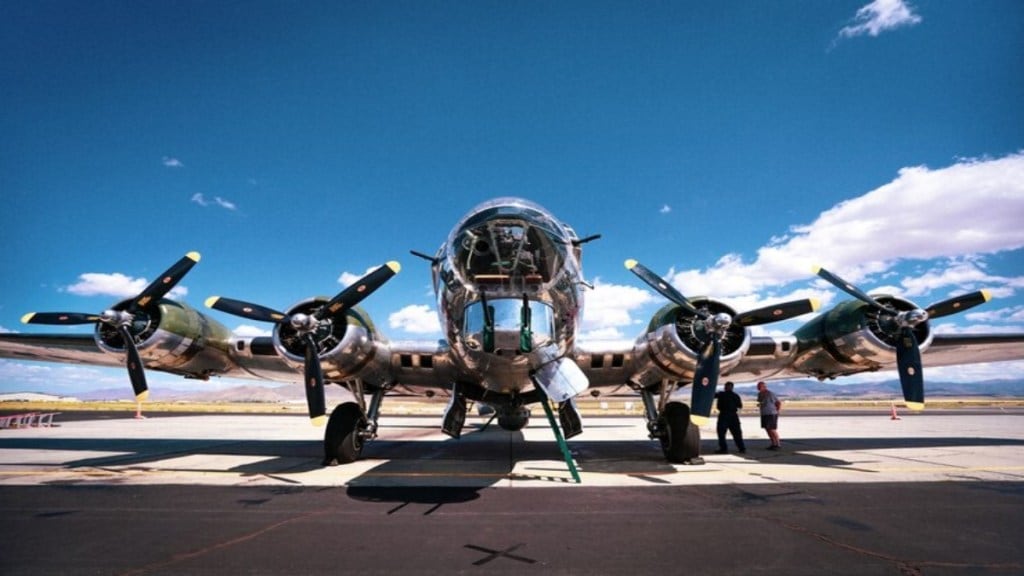Cobalt alloys possess excellent resistance to wear, heat, and corrosion, making them highly prized in industries like medical, aerospace, automotive, and military for their strength and anti-oxidation properties.
Additionally, it is essential for the production of high-capacity batteries for both military and commercial electric vehicles.
What is Cobalt?
“A protective oxide layer naturally forms on cobalt, a shiny silver-gray metal, to prevent it from rusting due to oxidation. Like nickel, cobalt is only found in nature in chemically combined forms, such as natural alloys. Yet, pure cobalt can be produced using reductive smelting,” explains Bengaluru based Aerospace & Defence Analyst Girish Linganna, to Financial Express Online.
Reductive smelting is a process that uses heat and a reducing agent to extract pure metal from ores, removing oxygen and other impurities in the process.
Nickel-Cobalt Alloys
According to him, nickel and cobalt can be mixed together to form high-performance superalloys suitable for challenging environments. An instance is Alnico, a mixture of iron, aluminium, nickel, and cobalt that is utilized in producing permanent magnets. These magnets are commonly used in electric motors, magnetron tubes, as well as turbine blades for gas turbines and jet aircraft engines.
Samarium Cobalt magnets
Cobalt is combined with the rare-earth element Samarium to create SmCo magnets, which are considered one of the most advanced magnetic materials currently available due to their high temperature tolerance and strength.
The military values Samarium Cobalt magnets for their strong coercivity, resistance to demagnetization, and thermal stability. These magnets are capable of maintaining their magnetic strength at high temperatures, making them well-suited for military technologies like precision-guided missiles, smart bombs, and aircraft. Samarium Cobalt’s ability to function reliably in temperatures from -55°C to 125°C also makes it a crucial component in defence applications such as electronic warfare systems in fighter jets, which need to operate effectively in extreme conditions like altitudes of 70,000 feet.
Samarium-cobalt permanent magnets are also used to focus the electron beam in radar magnetron tubes, which are essential components in ground-based systems for air traffic control, surveillance radar, search radar, and weapon fire-control radar.
Fighter Jets Use this?
Yes! Aircraft can be easily spotted by enemy radars while flying, posing a significant threat. To evade radar detection, a special magnetic material like samarium cobalt can be applied on the aircraft’s surface. “This material acts as an absorbent, soaking up radar-emitted electromagnetic waves and reducing the reflection of radar waves. Consequently, enemy radars are unable to detect radar echoes or locate the aircraft, achieving stealth capability,” explains Linganna.
Cobalt Based Superalloys
Superalloys are advanced metallic materials consisting of a minimum of two elements valued for their excellent resistance to high temperatures and chemicals, corrosion and wear as well as their superior strength. According to Linganna, these materials are commonly used in challenging environments across various industries such as medical, aerospace, and chemical processing.
Adding, cobalt-based superalloys find extensive applications in aviation, aerospace, energy, medical, and other industries. In aviation and aerospace, these superalloys are utilized in creating parts like turbine engines and gas turbines. Within the energy sector, they are employed for producing turbine blades and various components in thermal and nuclear power plants.
